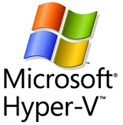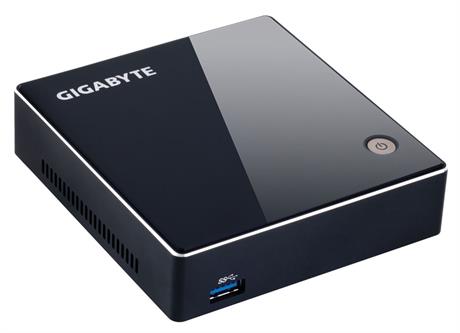 Since I work at home, I naturally lack the extensive IT infrastructure that you most likely enjoy. However I rely on a mix of virtualized machines delivered through an ESXi server and running Hyper-V on my Windows 8 laptop. The downside, is that even with 8GB or RAM and an SSD in my laptop, I'm still limited by the number of virtual machines I can run, and I also don't have the ability to test some server-centric Hyper-V concepts like replication. Clearly I need a Hyper-V platform. But I can't go out buy a used server from eBay. I have no room and my wife would not be too happy with likely noise and added electrical cost. In addition, between my conference appearances and training I would really like something portable. Yes, there is a trade-off between performance and portability, but that is something I can live with.
Since I work at home, I naturally lack the extensive IT infrastructure that you most likely enjoy. However I rely on a mix of virtualized machines delivered through an ESXi server and running Hyper-V on my Windows 8 laptop. The downside, is that even with 8GB or RAM and an SSD in my laptop, I'm still limited by the number of virtual machines I can run, and I also don't have the ability to test some server-centric Hyper-V concepts like replication. Clearly I need a Hyper-V platform. But I can't go out buy a used server from eBay. I have no room and my wife would not be too happy with likely noise and added electrical cost. In addition, between my conference appearances and training I would really like something portable. Yes, there is a trade-off between performance and portability, but that is something I can live with.
ManageEngine ADManager Plus - Download Free Trial
Exclusive offer on ADManager Plus for US and UK regions. Claim now!
After some research, I decided to build a Hyper-V server using the smallest form factor I could find. I decided to try using the Gigabyte Brix.
I originally thought of using an Intel NUC, but it appears they decided not to release an i7 model and I wanted every bit of performance edge I could get. The Brix, an unfortunate name I'll admit, looked to be a reasonable alternative. I also considered a Mac Mini but the customizations I wanted to do would have been much more difficult in the Mini. Apple doesn't really intend it to be a user-modified device. You can order a Brix unit from NewEgg for under $500.
I also will need a hard drive, which in this case means a Plextor 256GB mSATA drive which I got for about $200. I also need to max out the RAM at 16GB which added about $150 to the project price. I intend to temporarily use an existing keyboard and monitor for the set up. However, the Brix uses HDMI and a mini display port so I also ordered a mini display port to VGA adapter for another $24. Even though internal storage is limited, the unit sports 2 USB 3.0 ports so that should be more than sufficient. Or if all goes well, the project cost is pretty reasonable and I can build another unit.
So this is the start of my project. I'll be blogging my experiences. I'm sure I'll run into obstacles, but I'll share those as well and how I overcame them. I'm looking forward to this project not only because I'll learn new things, but because I really need the end result. Check back later for a progress report.


Will a 256 gb hard drive be enough or will you be using a Nas drive for vm storage?
I am hoping it will be enough to start with. I have 2 USB 3 ports if I need them. I also want to keep the setup portable.